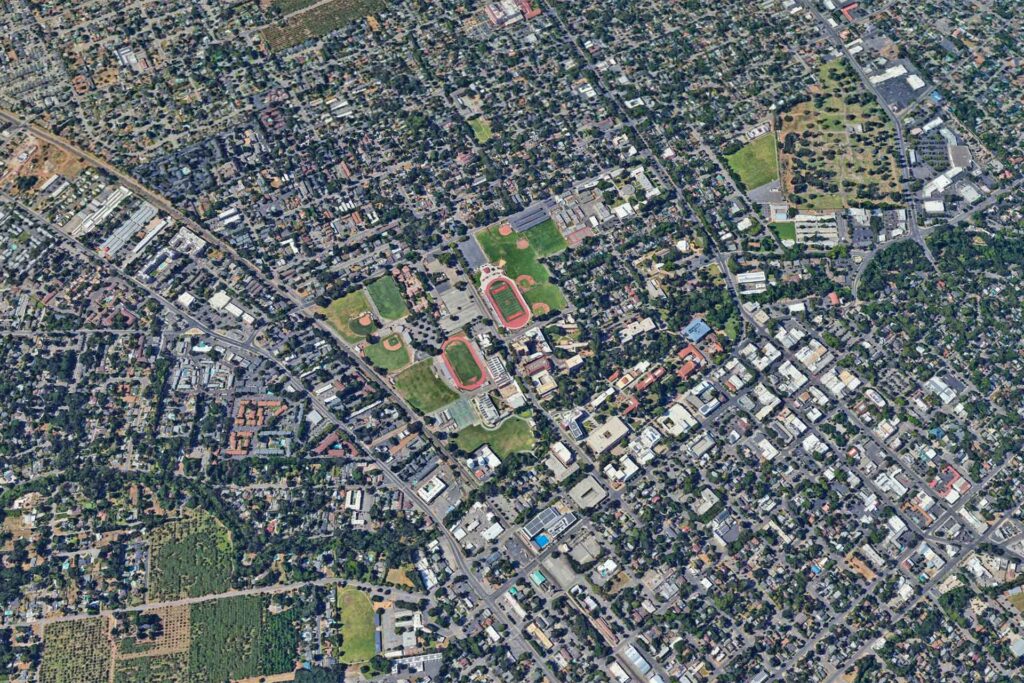Ground leases are arrangements where the fee owner of real property leases various rights of ownership to a leasehold tenant. This tenant maintains quasi-autonomous control over the leased property, including the right to construct improvements, assign, sublease, and obtain leasehold mortgage financing. These leases serve different purposes for landlords and tenants, ranging from estate planning and financial strategizing to creating financing tools and reducing entry barriers into projects.
Tenant Perspective: Making Ground Leases Financeable
Obtaining Financing on Leased Property
The challenge for tenants is to borrow against property they do not own. This necessitates crafting a lease that lenders see as a reliable and recoverable asset. Since real property ownership comprises a “bundle of sticks” – various rights like occupancy, improvement, and encumbrance – the lease transfers many of these rights to the tenant. This bundle becomes transferable and can be pledged as collateral, making such leases appealing to lenders.
Attributes of a Financeable Ground Lease
- Duration: The lease must cover the loan term, typically 30 years or more.
- Documentation: It should resemble a sale to solidify interest, with heightened representations, warranties, indemnities, and restrictions on termination.
- Insurance and Recording: Title insurance with the leasehold as the insurable estate, and a recorded memorandum of lease, are essential.
Critical Lender Provisions
- Priority Preservation: The lease should restrict the landlord from encumbrances that interfere with the tenant’s rights, alongside a subordination and non-disturbance agreement.
- Right to Cure/Perform: Landlords must notify lenders of defaults, with rights for lenders to cure defaults or perform on the tenant’s behalf.
- Acquisition/Transfer Rights: Lenders should have rights to acquire and sell the tenant’s rights in foreclosure without landlord consent.
- Restrictions on Termination: The lease should limit the landlord’s termination rights, distinguishing between monetary and nonmonetary defaults.
- Bankruptcy Provisions: The lease should maintain validity despite tenant bankruptcy, with provisions for lenders to enter a new lease if needed.
Landlord Perspective: Considerations in Ground Leases
Concerns in Leasehold Mortgages
- Risk of Foreclosure: Default on the leasehold mortgage could lead to new, unintended tenants.
- Lease Terms Compliance: Ensuring strict adherence to lease terms is crucial, especially with leasehold mortgages.
- Property Alterations: Landlords must monitor and approve any significant alterations by lessees.
- Subordination Agreements: These might affect the landlord’s rights, particularly in defaults.
- Financial Stability of Lessee: Assessing the lessee’s financial health is critical to mitigate default risks.
- Insurance and Liability: Additional insurance or altered liability issues must be reviewed.
- Sale Complications: Leasehold mortgages can complicate property sales.
- Mortgage Agreement Terms: These should not conflict with the ground lease or impact the landlord’s rights.
- Approval Rights: Landlords may seek rights to approve leasehold mortgages, especially concerning lender identity and terms.
- Lease Duration: This should align with the mortgage term to avoid complications.
Conclusion
Creating a financeable ground lease requires understanding and accommodating the needs of both tenants and lenders while safeguarding the interests of the landlord. This involves drafting a lease that is attractive to lenders as a reliable asset while ensuring it does not overly restrict or endanger the landlord’s rights and interests. Landlords, tenants, and lenders must work collaboratively, often with experienced legal counsel, to navigate these complex arrangements effectively.




